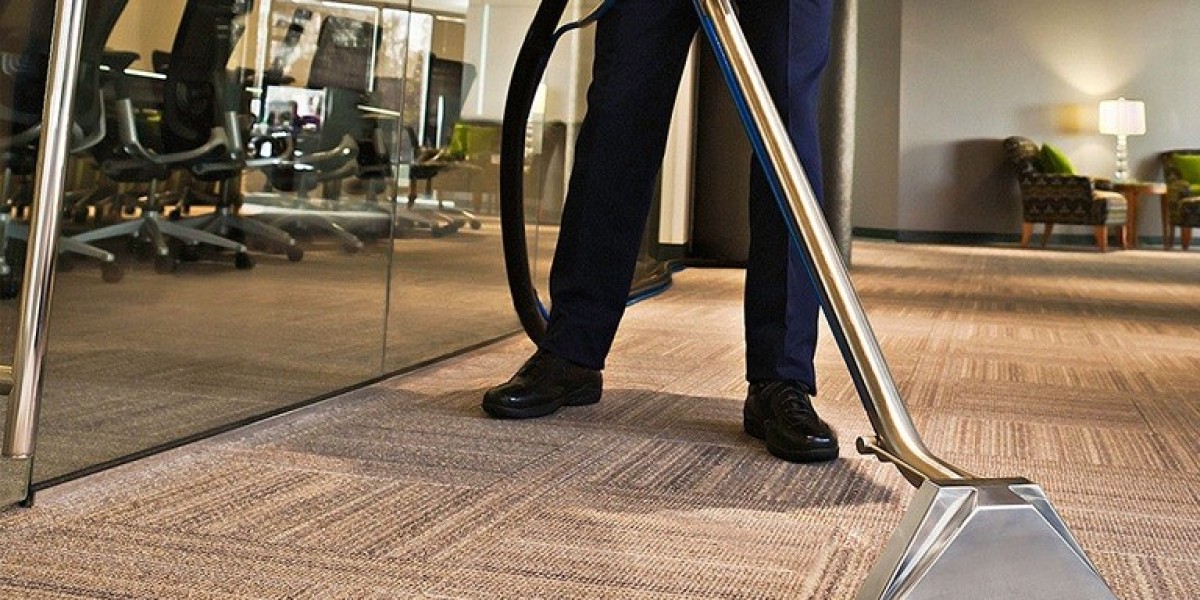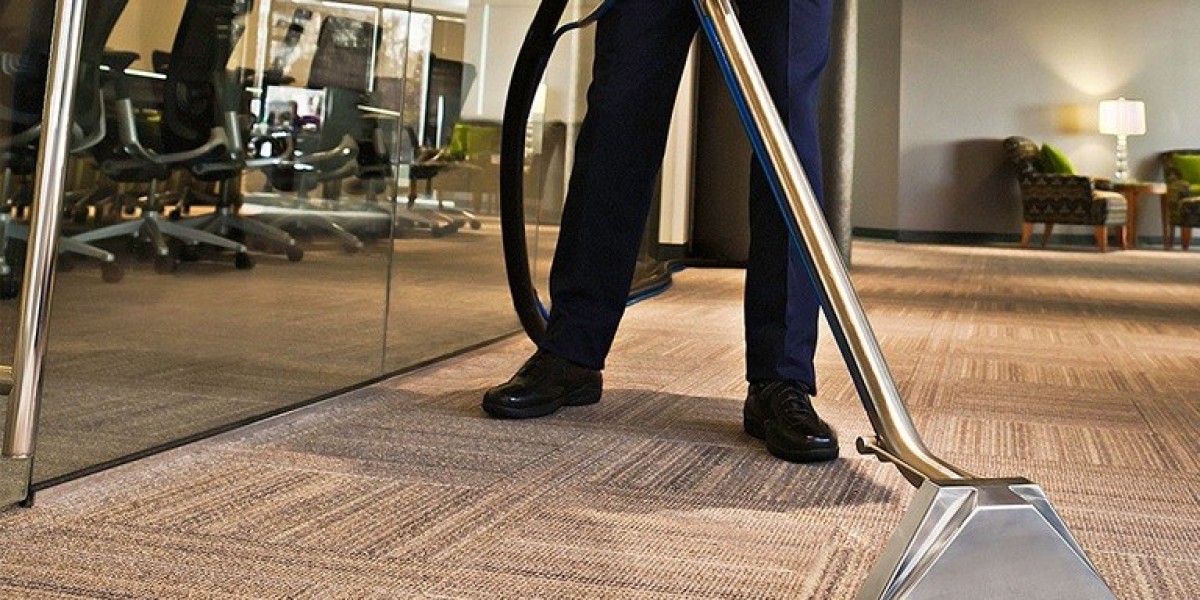Sofas are a central piece of furniture in most homes, providing comfort and style to living spaces. However, with regular use, they can accumulate dirt, stains, and unpleasant odors, making sofa cleaning an essential aspect of home maintenance. This study report delves into the various techniques for cleaning sofas, the benefits of maintaining clean upholstery, and best practices to ensure longevity and cleanliness of your furniture.
Importance of Sofa Cleaning
Regular sofa cleaning is crucial for several reasons. First and foremost, it enhances the aesthetic appeal of your home. A clean sofa can significantly uplift the ambiance of your living space, making it more inviting for guests and family alike. Moreover, sofas can harbor dust mites, allergens, and bacteria, which can adversely affect indoor air quality and pose health risks, especially for individuals with allergies or respiratory issues. Thus, cleaning your sofa is not just about appearance; it is also about maintaining a healthy living environment.
Types of Sofa Fabrics
Before discussing cleaning methods, it is essential to understand the different types of sofa fabrics, as each requires specific care. Common materials include:
- Cotton: Soft and breathable, cotton is popular but can stain easily. It is machine washable in some cases.
- Leather: Durable and elegant, leather requires special cleaning products to maintain its luster and prevent cracking.
- Microfiber: This synthetic fabric is stain-resistant and easy to clean, making it a favorite for families with children and pets.
- Velvet: Luxurious but delicate, velvet needs gentle cleaning methods to avoid damage.
- Synthetic Blends: Often a combination of various materials, these fabrics may have specific cleaning instructions based on their composition.
Cleaning Techniques
1. Vacuuming
The first step in sofa cleaning is thorough vacuuming. Using a vacuum cleaner with an upholstery attachment, remove dust, crumbs, and pet hair from the surface and crevices of the sofa. Regular vacuuming prevents the buildup of dirt and allergens, making subsequent cleaning easier.
2. Spot Cleaning
For stains, immediate action is crucial. Blot the stain with a clean cloth to absorb excess liquid, then apply a suitable cleaning solution. For fabric sofas, a mixture of mild detergent and water can work; for leather, a specialized leather cleaner is recommended. Test any cleaning solution on an inconspicuous area first to avoid discoloration.
3. Deep Cleaning
Deep cleaning is recommended every six months to a year, depending on usage. For fabric sofas, steam cleaning is an effective method. A steam cleaner can penetrate fibers, removing embedded dirt and allergens. For leather sofas, use a damp cloth to wipe down surfaces, followed by a leather conditioner to maintain suppleness.
4. Professional Cleaning
While DIY methods can be effective, sometimes professional cleaning is necessary, especially for stubborn stains or delicate fabrics. Professional cleaners have access to specialized equipment and cleaning solutions that can restore your sofa to its original condition.

Benefits of Regular Sofa Cleaning
- Prolongs Lifespan: Regular cleaning helps maintain the integrity of the fabric, preventing wear and tear that can lead to costly repairs or replacements.
- Enhances Comfort: A clean sofa is more comfortable to sit on, free from allergens and odors that can detract from relaxation.
- Improves Indoor Air Quality: By reducing allergens and bacteria, regular sofa cleaning contributes to a healthier home environment.
- Maintains Aesthetic Appeal: A clean, well-maintained sofa contributes to the overall decor of your home, making it more visually appealing.
Best Practices for Sofa Maintenance
To keep your sofa looking its best, consider the following best practices:
- Use Sofa Covers: Protective covers can shield your sofa from spills, stains, and pet hair. They are easily removable and washable, making maintenance simpler.
- Rotate Cushions: Regularly rotating and flipping cushions can prevent uneven wear and prolong their lifespan.
- Avoid Direct Sunlight: Prolonged exposure to sunlight can fade fabrics. Position your sofa away from direct sunlight or use window treatments to mitigate UV exposure.
- Address Spills Immediately: Quick action can prevent stains from setting. Blot spills gently rather than rubbing, which can spread the stain.
- Regularly Check for CleanPro Damage: Periodically inspect your sofa for signs of wear, such as frayed seams or loose cushions, and address issues promptly to prevent further damage.
Conclusion
Sofa cleaning is an essential component of home maintenance that should not be overlooked. With various cleaning techniques available, homeowners can effectively manage stains, dirt, and allergens, ensuring that their sofas remain a comfortable and attractive part of their living spaces. By understanding the different types of sofa fabrics and implementing best practices for maintenance, individuals can prolong the life of their furniture while enhancing their overall home environment. Regular cleaning not only contributes to aesthetic appeal but also promotes a healthier living space, making it a worthwhile investment of time and effort.
In summary, a clean sofa reflects a well-maintained home and contributes to the overall well-being of its inhabitants. By adopting a proactive approach to sofa cleaning, homeowners can enjoy the comfort and beauty of their furniture for years to come.








